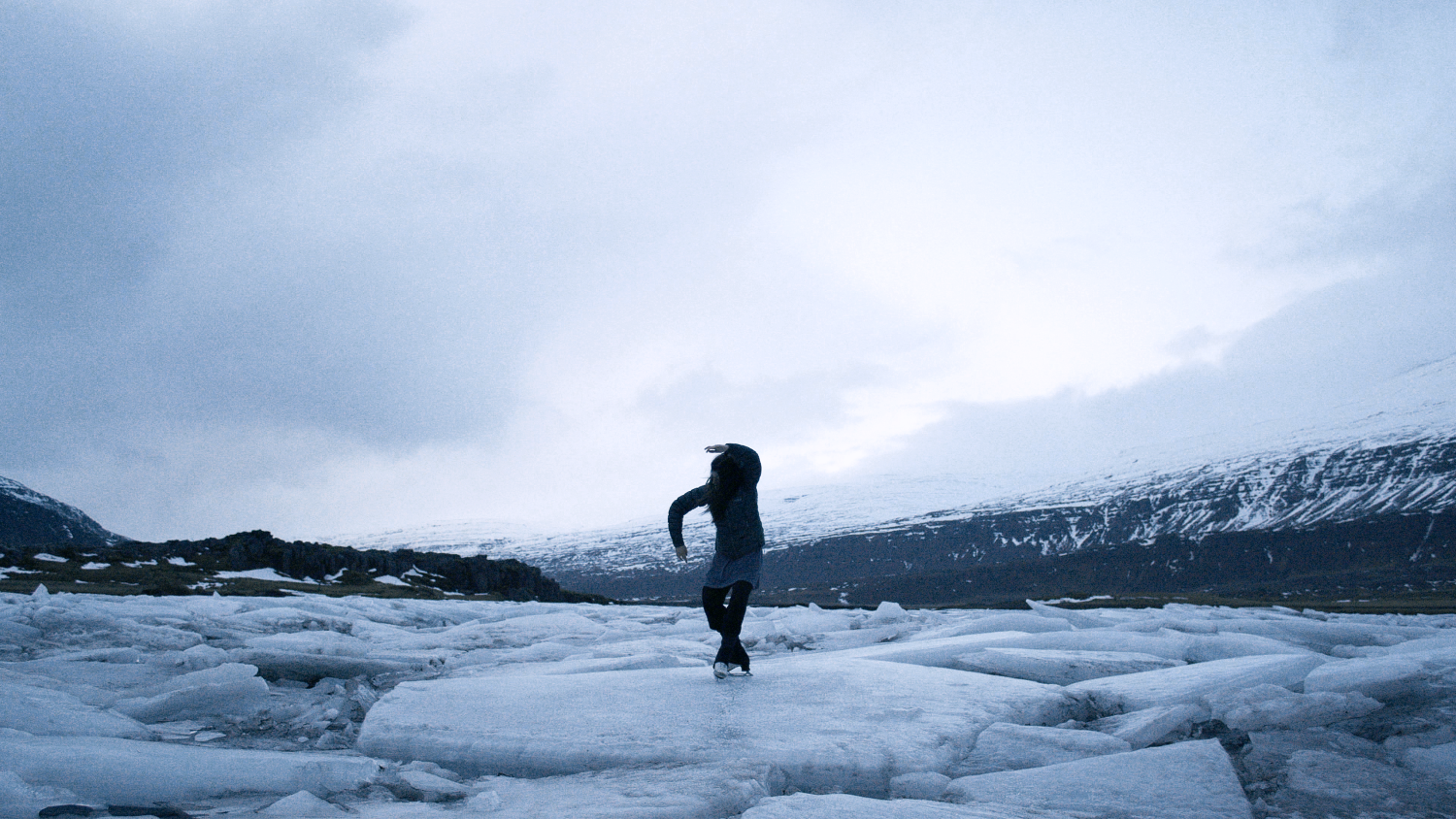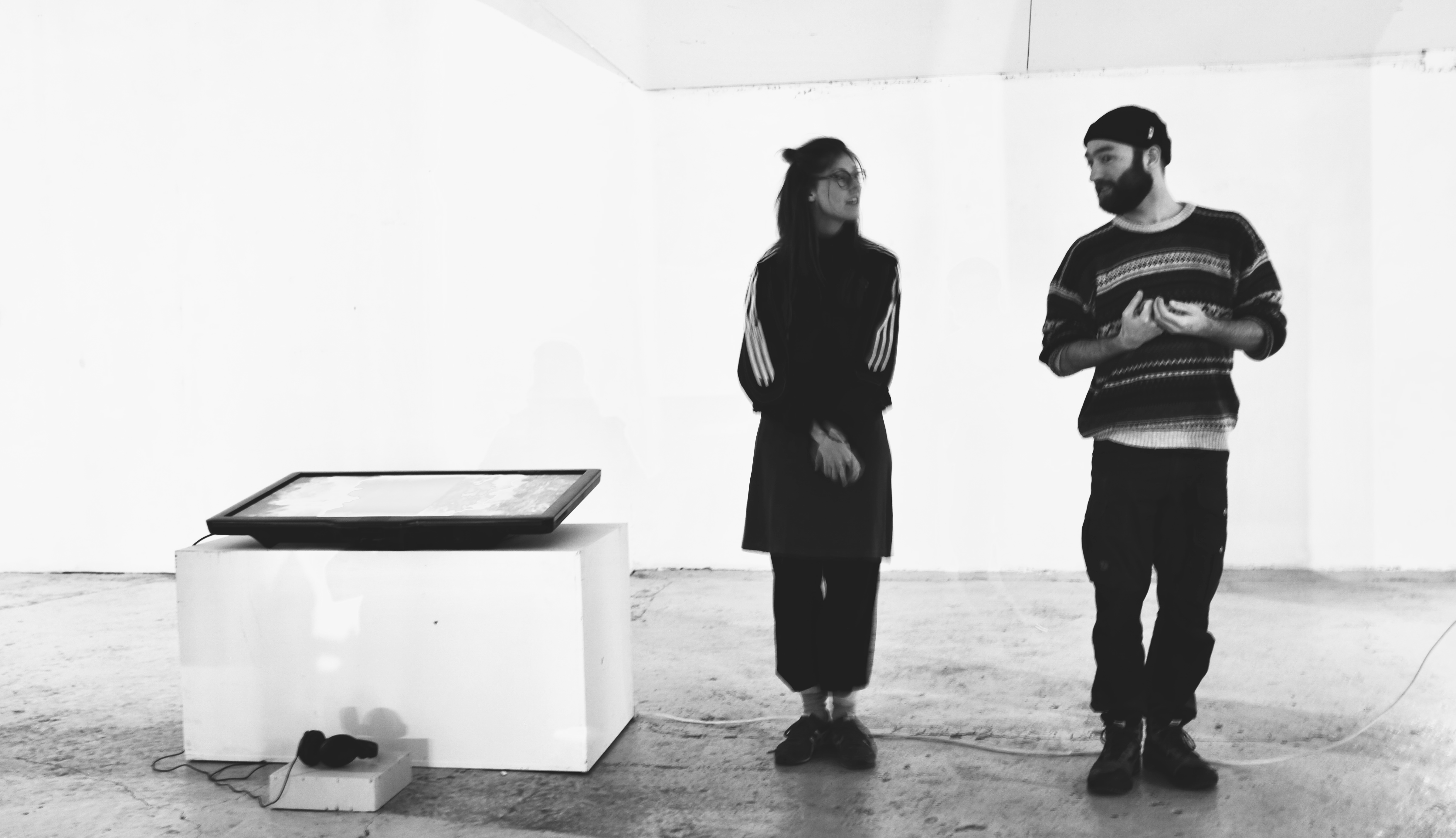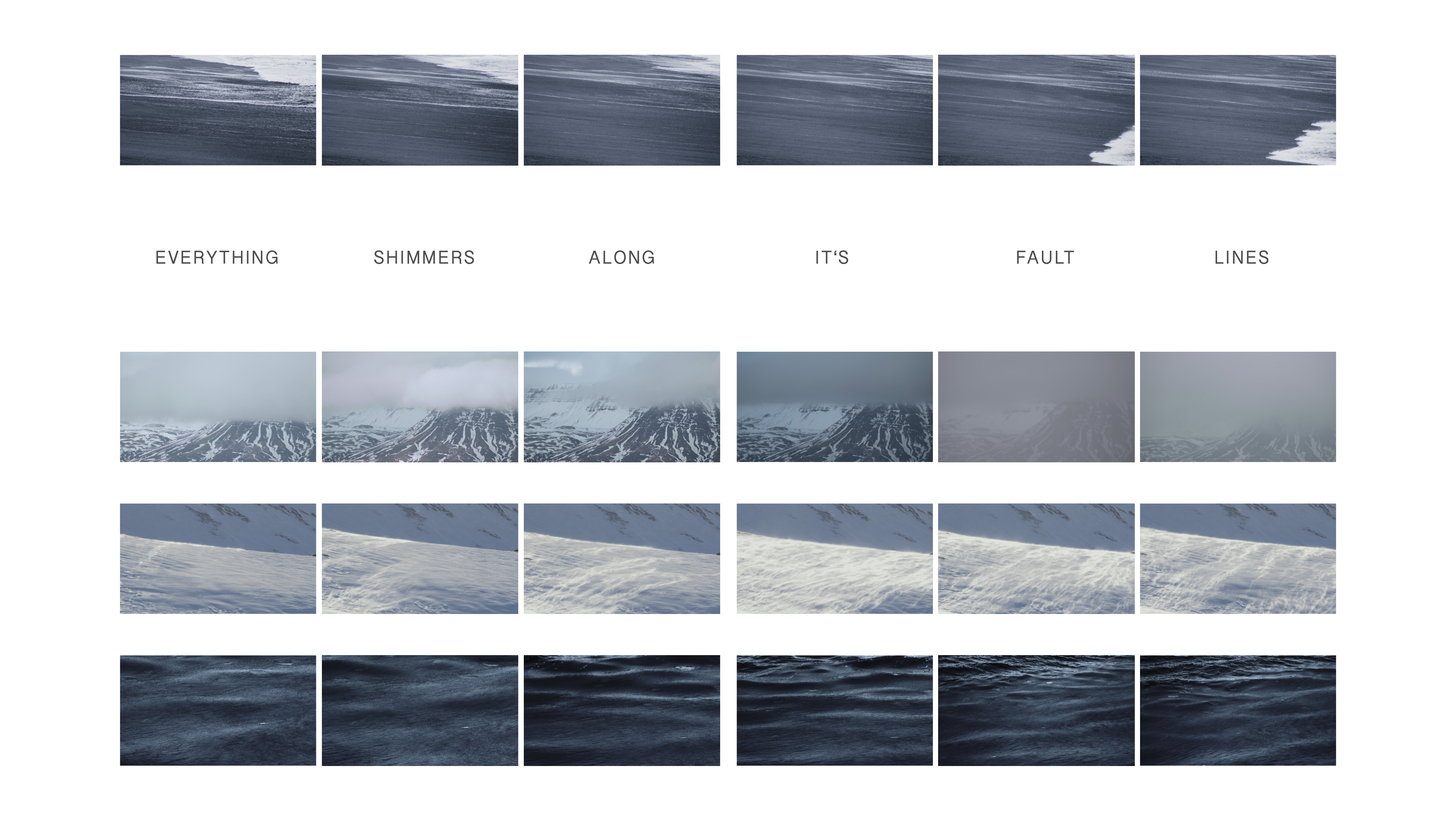Vi combined her love of skating, geography and art during a residency in Iceland
- Design
In her work, she seeks to blur the boundary between art and science. German Vivien Reichel (Vi) already has a bachelor’s degree in physical geography and is now in the second year of Moving Image at the AKI ArtEZ Academy of Art & Design in Enschede. “The first question I asked myself was: how do you study in the Netherlands? I really had to learn that."

Freshly graduated from the University of Leipzig, where Vi had followed a scientific course in a rather hierarchical educational climate, she moved to Arnhem to become acquainted with the independent art education of ArtEZ. The contrast could hardly have been greater. Vi laughs. “Right”, she says. “For me it was a new experience to not be a number but to be approached personally. To stand next to a lecturer instead of having to look up to them."
What is truth?
Given her background, why did she choose Moving Image as a follow-up course? Vi: “Although my interest truly lies with science, I kept feeling that something was missing. I have a professional background in contemporary skating and choreography, so the creative sector is not new to me." Because she wants to develop herself beyond just the scientific field, Vi therefore decided to ‘go into art’. “During my first course, I worked a lot with remote sensing data – data that are collected in order to measure and monitor the physical characteristics of an area – so I was already visualising a lot of data. So in that sense, Moving Image is closest to what I was doing before. Plus, I feel an intrinsic motivation to combine art and science and reflect on my scientific background. What is truth? What are facts? The theory classes, for example in media and philosophy, help me address those questions."

Vi realises that she needs to approach this bachelor's course in a very different way than she was used to. “I had to learn to study without hierarchical structures", she explains. “Here we are allowed to give lecturers feedback and largely decide for ourselves which direction we want to go in. At AKI, I've learned that feedback is not necessarily criticism and that you can actually gain a lot from it." During her course, she regularly steps outside her comfort zone and tries things that she wouldn't necessarily have chosen herself. “That’s really valuable for your personal and artistic development.” Vi is also pleased with the freedom she is given to choose her own path. “AKI is quite well known for that. A friend of mine is studying in Germany. When we compare our classes, what strikes me is that she has much less choice."
Using skating training as a research instrument
Although she has only just completed her first year, Vi has already gained valuable experiences. Between February and March 2024, she was in Iceland in order to work with composer and sound artist Baz Laarakkers on a joint research project at the SIM Residency Reykjavik. Vi: “I really got lucky there. In the first place because ArtEZ gave me the opportunity and in the second place because it was not obvious that I would be allowed to participate in this artist-in-residence programme, because normally you have to have an art diploma already." Nevertheless, the duo were given the green light and they spent two months working on their own artistic research project.

I see the next three years as a big experimental playground that I need to learn to get lost in.”
How does she look back on the experience? “It was brilliant”, says Vi. “As an artist, during the residency I was able to explore how I could use my background in contemporary skating as a research instrument for my visual art. I investigated different types of ice and studied the multi-temporal growth structures of the ice, i.e. structures that have originated in different time periods. I also tried to answer the question of how my body relates to land. While skating on the ice, I felt those processes go through me. For me that was the bridge I was looking for."
With two feet in the field
Her trip to Iceland not only generated lots of insights for her, she also got to work with other scientists there, expanded her network and had the opportunity to work on a personal project for an extended period. "It was such a great opportunity to really stand with two feet in the field and learn outside the walls of the institution", says Vi. “While I was there, I did follow online classes and was in close contact with my lecturers. That’s what allowed me to take this opportunity." A lot of what she learned in Iceland she is now using as input for other assignments. “Among other things, we made a magazine that we will be publishing shortly." Her plan is to return to Iceland in the years to come and embark on more independent projects. It’s the perfect place for further research. Plus of course it's a beautiful country with endless stunning landscapes."

Letting go of learning
How does she see the next three years? Vi: “As a big experimental playground that I need to learn to get lost in” Thanks to my previous course and my background incontemporary skating and dance, I have more than one perspective. I want to learn to let go more and look at things in a subjective way more often. I've also joined the ArtEZ art research platform APRIA as an editor, so I’ll also be focusing on that in the time to come."
Learn more about the bachelor Moving Image


